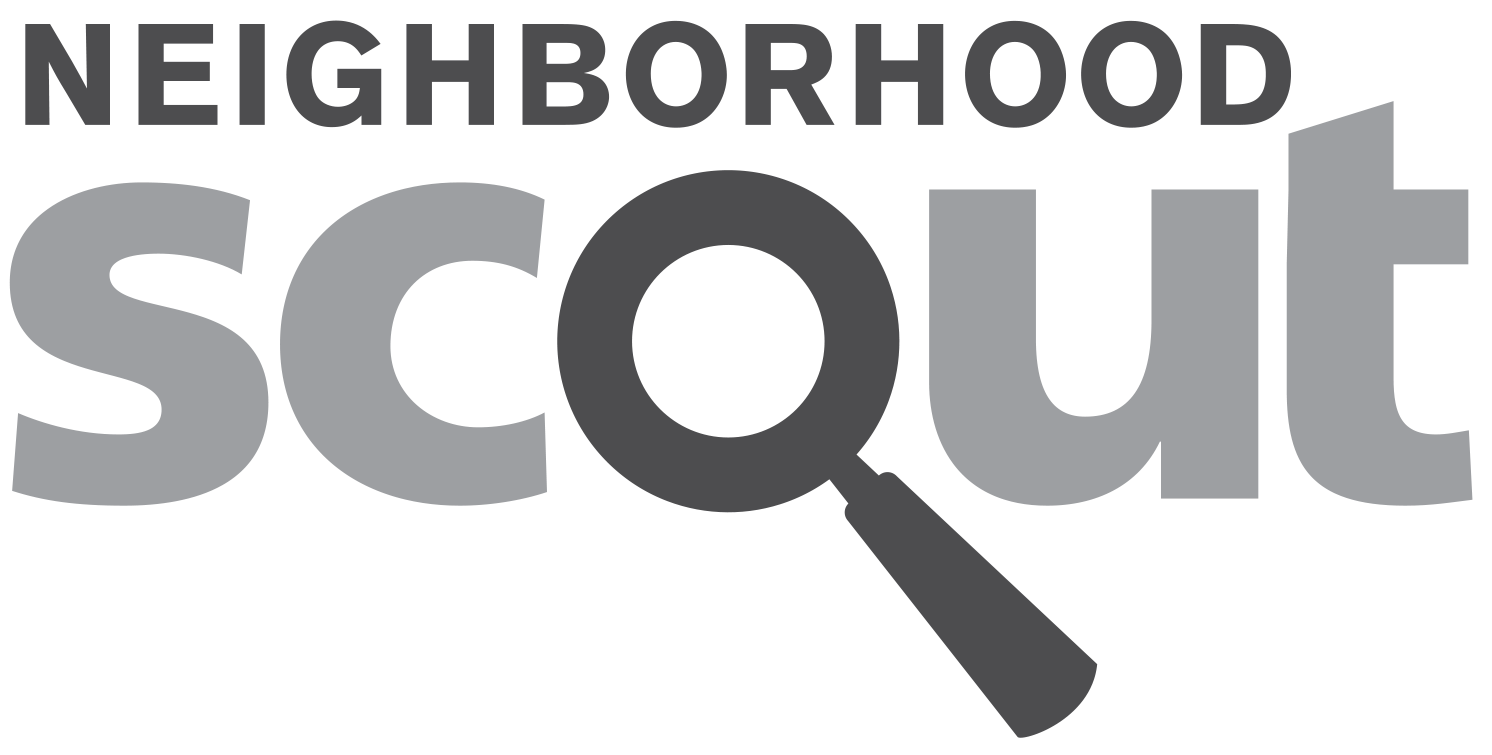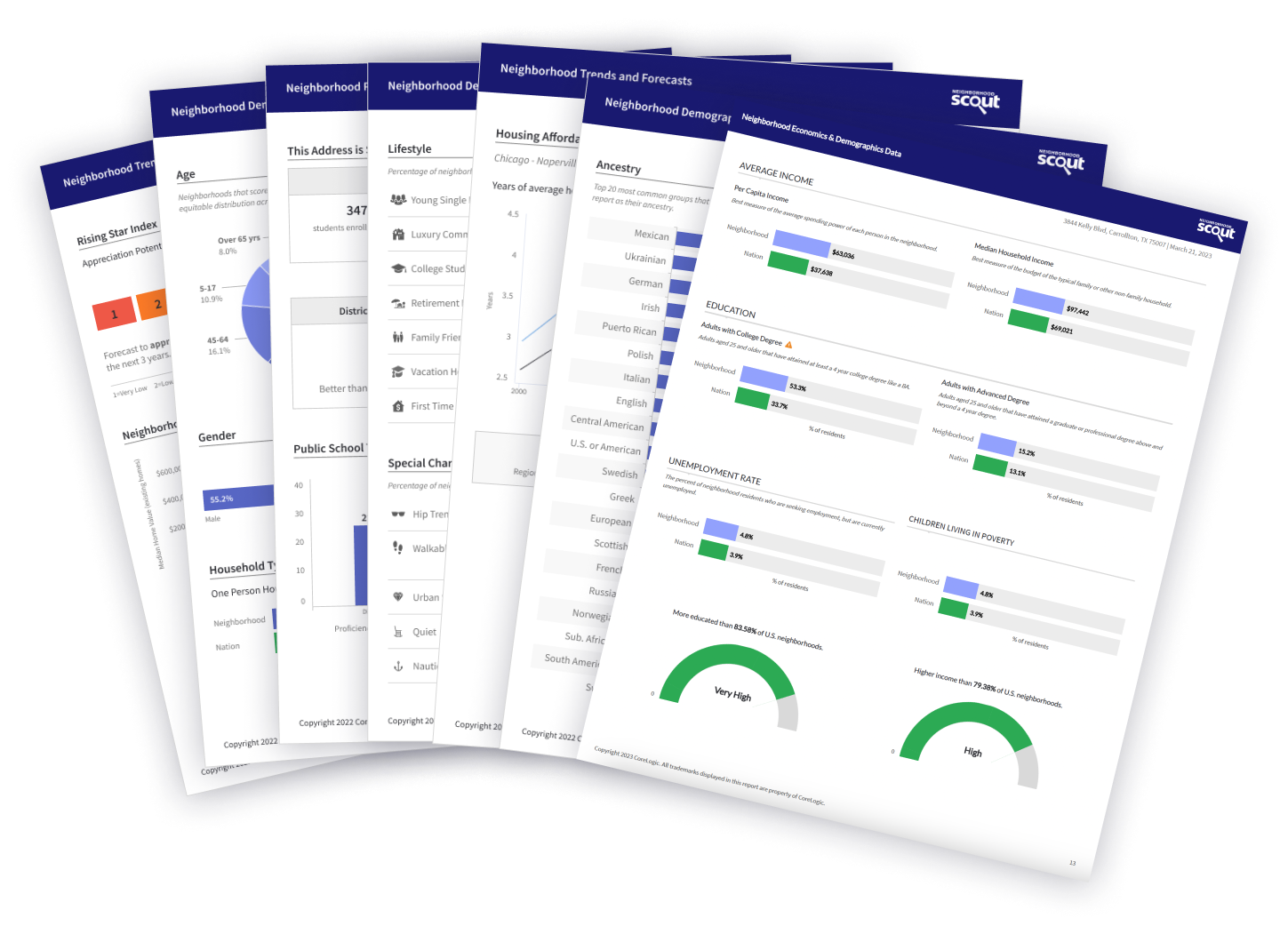Another notable thing is that Hyder is a major vacation destination. Much of the town’s population is seasonal: many people own second homes and only live there part-time, during the vacation season. The effect on the local economy is that many of the businesses are dependent on tourist dollars, and may operate only during the high season. As the vacation season ends, Hyder’s population drops significantly, such that year-round residents will notice that the city is a much quieter place to live.
Overall, Hyder’s crime rate is one of the lowest in the nation, which makes a great place to live if safety is an important concern.
The town is relatively quiet, having a combination of lower population density and few of those groups of people who have a tendency to be noisy. For example, Hyder has relatively fewer families with younger children, and/or college students. Combined, this makes Hyder a pretty quiet place to live overall. If you like quiet, you will probably enjoy it here.
One of the nice things about Hyder is that it is nautical, which means that parts of it are somewhat historic and touch the ocean or tidal bodies of water, such as inlets and bays. Because of this, visitors and locals will often go to these areas to take in the scenery or to enjoy waterfront activities.
Residents of the town have the good fortune of having one of the shortest daily commutes compared to the rest of the country. On average, they spend only 7.50 minutes getting to work every day.
Hyder is a very car-oriented town. 100.00% of residents commute to work in a private automobile rather than by other means, such as public transit, bicycling, or walking. This is because Hyder is a small town , and most people who live here have to drive out of town for work, and the town population is not large nor dense enough to support an extensive public transportation system. Hyder has a lot of rural roads, and houses can be far apart. Many residents drive out of town for regular shopping trips as well.
Being a small town, Hyder does not have a public transit system used by locals to get to and from work.

